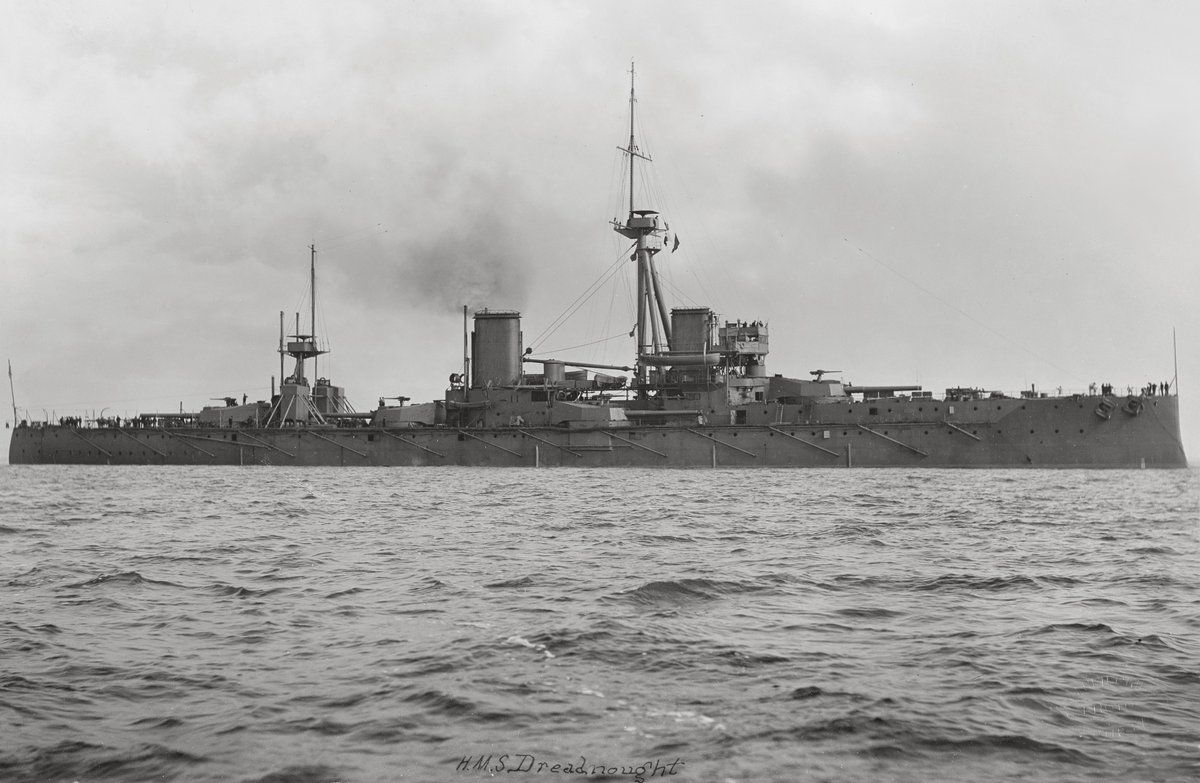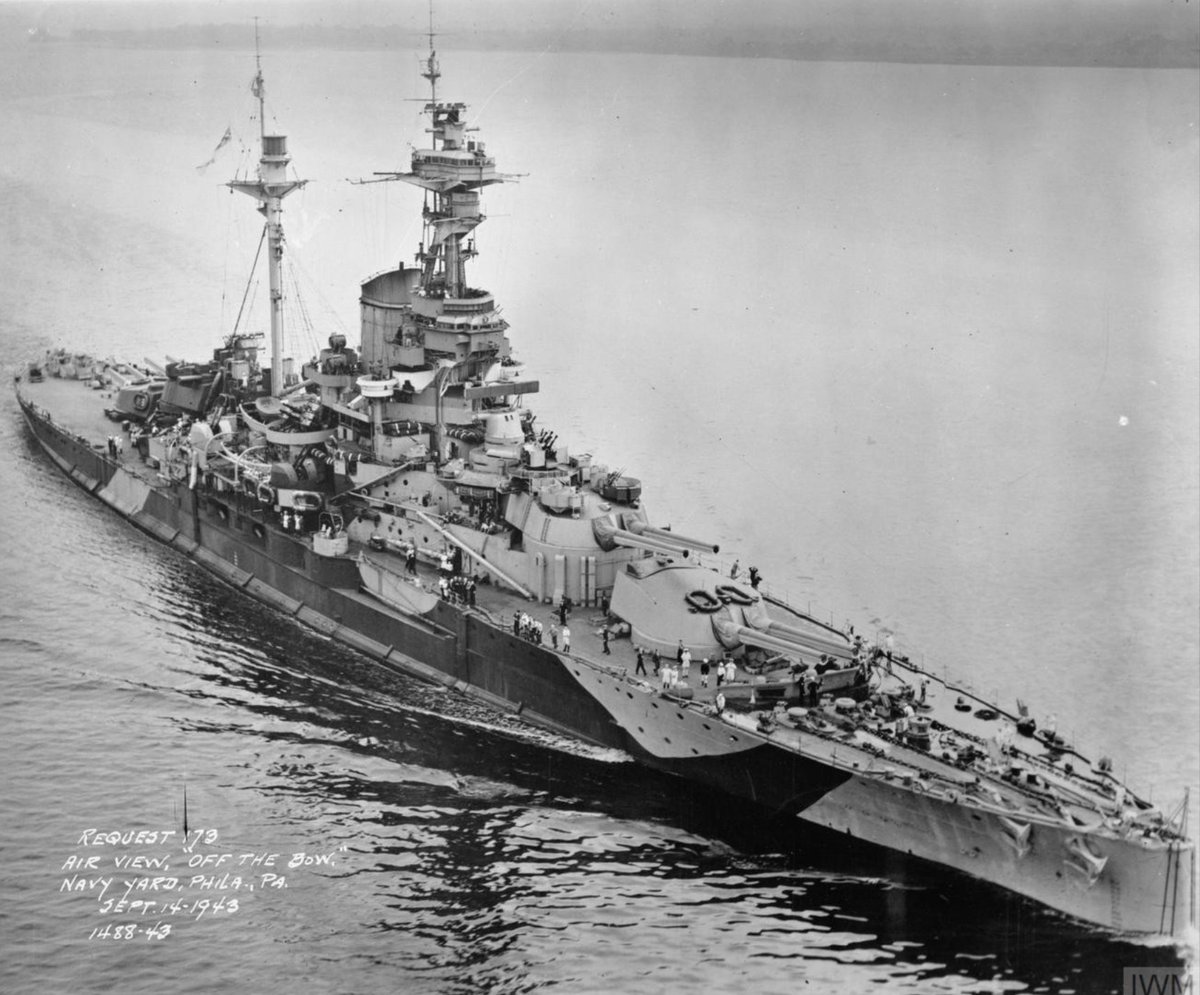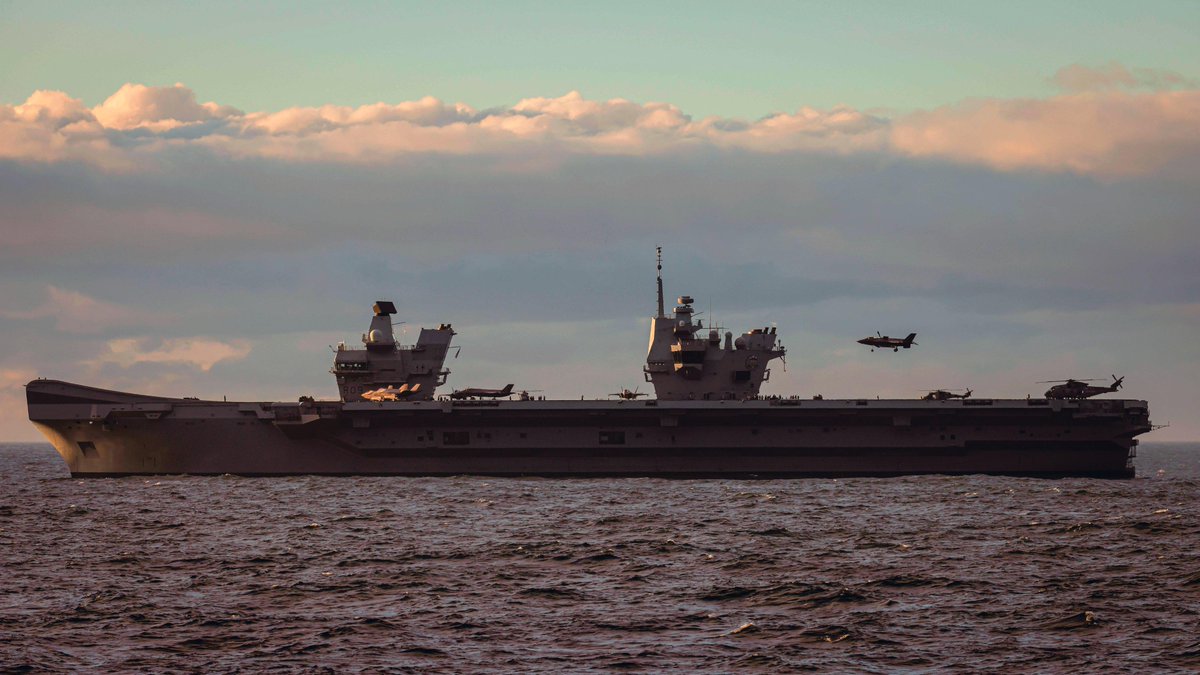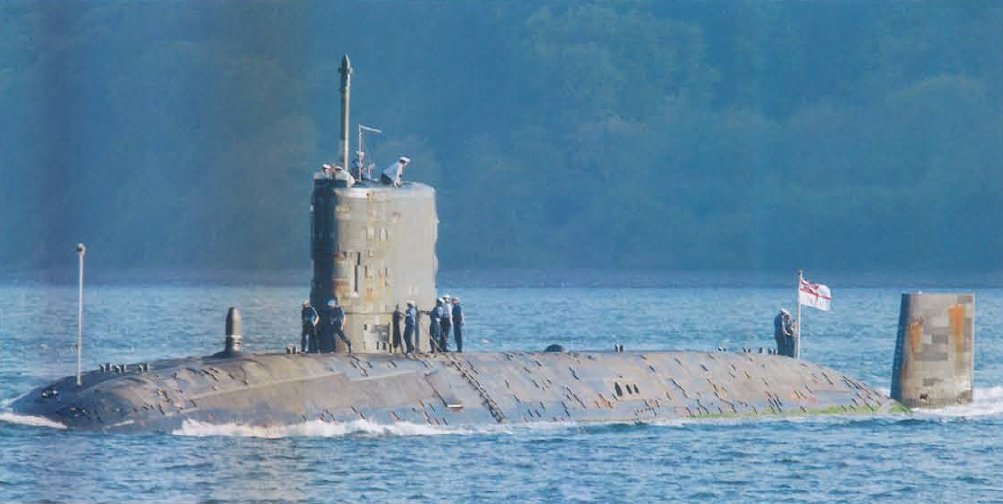The superstructure of the battleship HMS King George V, January 1941.
There's a lot going in this photo, but what is everything for? And the 'Queen Anne's Mansion' superstructure is a distinctive feature, but what actually is inside it?
Well, starting from the top...
(1/18)
There's a lot going in this photo, but what is everything for? And the 'Queen Anne's Mansion' superstructure is a distinctive feature, but what actually is inside it?
Well, starting from the top...
(1/18)

This is the sight for the UP Launcher on "B" turret. As designed it was meant to be No. 1 Pom Pom director for an Octuple Pom Pom on "B" turret, but such mounts were in short supply when the ship completed.
(2/18)
(2/18)

These are High Angle Control System Directors, Mk IV. They are designed to control the 5.25-inch guns against either air or sea targets. The bar sticking out is a 15 ft long rangefinder. No radar on these yet.
(3/18)
(3/18)

Each is connected to its own High Angle Calculating Position below armour, where the fire control computers are located.
There is another pair aft.
(4/18)
There is another pair aft.
(4/18)
This is the ship's forward Director Control Tower, and the main control position for the 14-inch guns. The ship's Gunnery Officer was stationed here.
Of note is the Type 284 radar aerial that is mounted on the director.
(5/18)
Of note is the Type 284 radar aerial that is mounted on the director.
(5/18)

The highest 'proper' level of the superstructure was the Compass Platform. The forward part, also known as the 'bridge', is where the ship was typically conned from. This part was roofed.
(6/18)
(6/18)

The area behind this was open to the sky, and contained various sights and lookouts. It was where the Air Defence Officer was stationed.
(7/18)
(7/18)

Finally, at the rear of this level were 2 compartments - the Captain's sea cabin and a Chart House.
Thus the Captain could get from his bed to the bridge in a matter of seconds.
(8/18)
Thus the Captain could get from his bed to the bridge in a matter of seconds.
(8/18)

Below this was the Lower Bridge. The forward end was the Admiral's Sheltered Lookout. Just an enclosed space for an Admiral to watch the world go by from.
This level also contained a Plotting Office, the radar office for the Type 284 and the Admiral's Chart House.
(9/18)
This level also contained a Plotting Office, the radar office for the Type 284 and the Admiral's Chart House.
(9/18)

This level also contained the Pom Pom directors for the mounts atop the hangar (red), as well as 2 x 9 ft tactical rangefinders (blue).
(10/18)
(10/18)

Down again is the Signal Deck. This contained the Conning Tower at the forward end, with another Chart House behind it. In the middle of this area were 2 single cabins, 2 toilets, and a signalmman's store and shelter.
(11/18)
(11/18)

At the rear of this there were flag lockers at the base of the mast (red) and the Radio Direction Finding Office (blue).
This level also had 4 x 20" signal lamps and 2 x 44" searchlights.
(12/18)
This level also had 4 x 20" signal lamps and 2 x 44" searchlights.
(12/18)

Going down to No. 2 Platform, this level is mainly sea cabins for the Admiral, Navigating Officer, Chief of Staff and Signal Officer. It also has 2 bathrooms - with actual baths.
(13/18)
(13/18)

No. 1 Platform contains a variety of compartments, including a Gyro Adjusting Space, Double Cabin, CPO Reading Room, and Meterological Office. During peace time the Saluting Guns were mounted here as well, on the open areas visible forward.
(14/18)
(14/18)

Below this is the Shelter Deck level, which is predominately crew space. It's mostly a Crew's Recreation Room, but there's a bookstall, potato store, vegetable store and some work space as well.
(15/18)
(15/18)

Finally, we get down to the level of the Upper / Weather deck. There's a few stores for deck gear here, but it's mostly the Seamen's Galley and assorted kitchen compartments.
(16/18)
(16/18)

Of course, the hangars for 2 aircraft are also located at this level, immediately behind the 'tower' superstructure.
(17/18)
(17/18)

Lastly, a compartment that intrigued me for a long time. This is shelter for the Pom Pom crews.
(18/18)
(18/18)

• • •
Missing some Tweet in this thread? You can try to
force a refresh



















